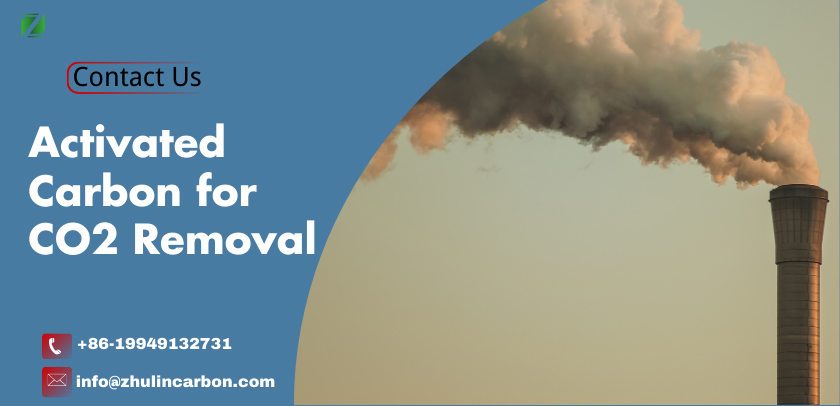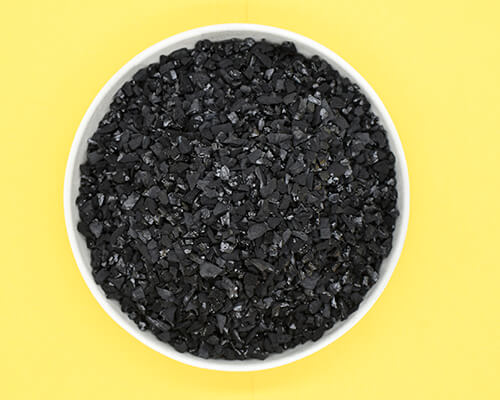
Can Activated Carbon Remove CO2?
Yes, activated carbon can effectively remove CO2 from air or gas streams. Activated carbon is a highly porous material with a large surface area, making it ideal for adsorbing gases like CO2. Its adsorption capacity depends on factors such as the type of activated carbon, the concentration of CO2, and the operating conditions (e.g., temperature and pressure).Activated carbon is particularly useful in applications where CO2 concentrations are relatively low, such as indoor air purification or post-combustion carbon capture. It can also be modified or impregnated with chemicals to enhance its CO2 adsorption performance.
How Much CO2 Can Activated Carbon Absorb?
The amount of CO2 that activated carbon can absorb varies depending on its properties and the specific application. Here are some key factors that influence its absorption capacity:Surface Area: Activated carbon with a higher surface area (typically 500–1500 m²/g) can adsorb more CO2.
Pore Structure: Micropores (pores smaller than 2 nm) are particularly effective for capturing CO2 molecules.
Modification: Impregnating activated carbon with chemicals like amines can significantly increase its CO2 adsorption capacity.
On average, activated carbon can adsorb 10–20% of its weight in CO2 under optimal conditions. For example, 1 kg of activated carbon can capture approximately 100–200 grams of CO2.
Which type of activated carbon is suitable for CO2 removal?

At Zhulin Carbon, we specialize in providing high-performance activated carbon solutions for CO2 removal. Our products are engineered with advanced manufacturing techniques and premium raw materials, ensuring exceptional adsorption efficiency and durability.
| Item | Activated carbon for co2 removal | ||||
| Coarseness | 4x8mesh, 8x16mesh, 4mm or customized | ||||
| Iodine Absorb | 800–1200 mg/g | ||||
| CTC | 60-100% | ||||
| Moisture | ≤5% | ||||
| Ash (%) | 3-10% | ||||
| CO2 Adsorption Capacity | 10–20% of its weight | ||||
Applications of Activated Carbon for CO2 Removal
Activated carbon is widely used in various industries and settings for CO2 capture and air purification. Some key applications include:Indoor Air Purification: Removing CO2 and other pollutants from homes, offices, and public spaces.
Industrial Gas Treatment: Capturing CO2 from flue gases in power plants, cement factories, and other industrial facilities.
Biogas Upgrading: Purifying biogas by removing CO2 to produce high-purity methane.
Carbon Capture and Storage (CCS): Supporting efforts to reduce greenhouse gas emissions by capturing CO2 from industrial processes.
Advantages of Using Activated Carbon for CO2 Removal
High Efficiency: Activated carbon’s large surface area and porous structure make it highly effective for CO2 adsorption.Cost-Effective: Compared to other CO2 capture technologies, activated carbon is relatively affordable and easy to produce.
Versatility: It can be used in a wide range of applications, from small-scale air purifiers to large industrial systems.
Sustainability: Activated carbon can be regenerated and reused, reducing waste and environmental impact.
Challenges and Considerations
While activated carbon is a promising solution for CO2 removal, there are some challenges to consider:
Regeneration: Spent activated carbon must be regenerated to restore its adsorption capacity, which can be energy-intensive.
Selectivity: In gas mixtures, activated carbon may adsorb other gases besides CO2, reducing its efficiency.
Capacity Limitations: For high-concentration CO2 streams, additional technologies may be required to achieve desired removal rates.
Conclusion
Activated carbon is a powerful and versatile material for CO2 removal, offering a sustainable and cost-effective solution for cleaner air. Its ability to adsorb CO2, combined with its wide range of applications, makes it an invaluable tool in the fight against climate change and air pollution.Activated carbon is a powerful and versatile material for CO2 removal, offering a sustainable and cost-effective solution for cleaner air. Its ability to adsorb CO2, combined with its wide range of applications, makes it an invaluable tool in the fight against climate change and air pollution.
If you’re looking for high-quality activated carbon for CO2 removal or other air purification needs, Zhulin Carbon is here to help. With decades of experience and a commitment to innovation, we provide tailored solutions to meet your specific requirements.

